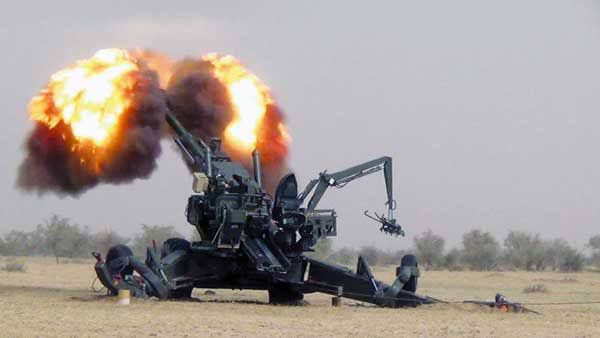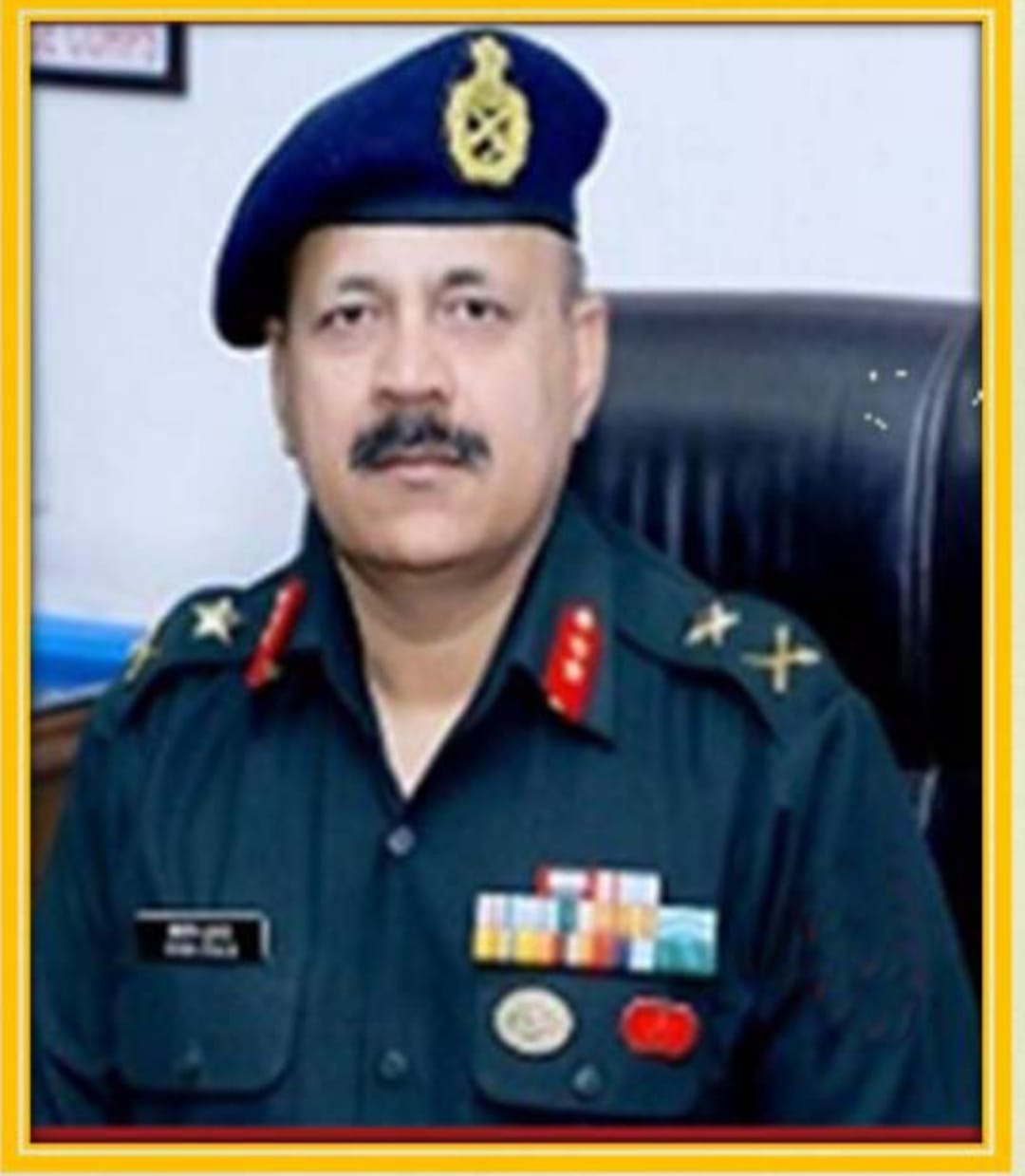
REVAMPING INDIAN ARTILLERY

The gunners in India recently celebrated their Corps Day on September 28, 2023. as it was this very date way back in 1827 when the first artillery unit was raised as part of the British India. Whether the gunners should continue with this date as their ‘Corps Day’ or shift to a suitable date in post independent era of India is something which gunners can keep deliberating. This article looks at the events in Indian history both pre- and post-independence, where guns made their indelible mark on the battlefield.
It was on April 21, 1526, during the first battle of Panipat between Babur and the Lodhi Kingdom when Mughal forces under Babur not only used the gun power-based firearms but used the artillery as well. This changed the very outcome of the battle and heralded the beginning of Mughal empire in India which flourished through centuries before it was ousted by East India Company beginning the British rule in India. Since battle of Panipat was won primarily due to use of artillery guns, it became part of inventory of most of the kingdoms in India thereafter. It also had a major impact on method of warfighting wherein artillery was used to damage the assets/ resources of opposing adversaries before attack by the foot soldiers. This norm has continued till date not only in India but the world over. It is so predominant in India that attack plans are changed if adequate fire support from Artillery is not available.
The gunners have acquitted themselves very well in all the post-independence conflicts which India has fought so far. In fact, during the Kargil War, the victory came to India primarily due to long range, accurate and innovative fire by our gunners. In fact, it will not be wrong to say if Kargil War is renamed as ‘Gunners War’.
Post Kargil war era is more ‘important’ now as during this period the Chinese threat started getting somewhat realized in the minds of policy makers wherein a deliberate thought was given to enhance and utilize the potency of artillery in our warfighting matrix. It was then realized that mountainous terrain combined with poor border infrastructure is a huge challenge to move existing guns to the forward areas.
In a near simultaneous timeframe, artillery was focusing on “mediumisation and up gunning” wherein 155mm was becoming a universally acceptable caliber and progress commenced towards that aim. A combination of models was used to address this gap to include in house production, DRDO production as well as increasing contribution of the private sector. Despite this multiplicity of effort, ideal and intended profile of Indian Artillery could not be achieved. While the artillery got adequately revamped for handling the threat from Pakistan due to terrain being largely plain except in J&K Sector, it still needed to address this challenge against China.
It was at this time that Indian Artillery started looking at Lighter guns which can be moved either by road having relatively lesser road classification or could be air dropped in the pre-designated places close to the likely place of conflict, be for defensive or offensive operations. It appeared to address the challenge though marginally.
Besides this, Indian artillery had to navigate through fresh challenges arising due to better surveillance devices available with the adversary. This was a challenge in earlier era as well when the bulk of artillery was in towed configuration with no inherent ‘shoot and scoot’ capability. During this time, the guns were towed back to alternative positions to avoid ‘Counter Bombardment (CB)’, a major threat for the gunners. To address this challenge, inherent ‘shoot and scoot’ capability was given to the guns through ‘auxiliary power system’ as is the case of Bofors guns. This intrinsic capability gave the guns more survivability, but this ability was also short lived as ‘shoot and scoot’ capability is limited in distances to which these artillery pieces can move besides adversaries acquiring more potent surveillance devices as well as CB weapons. The need now is to have our gun system which can be quickly moved from one place to the other place in an operationally acceptable timeframe wherein they not only avoid the CB but are also able to cover wider frontages even if the resources are limited.
Such a requirement can be met using self-propelled guns mounted on a platform having requisite mobility in all terrains. Indian Army experimented with such guns, but these guns could never become the mainstay of artillery, a situation continuing till date.
But in the recent times, a major push is being given to border infrastructure to ensure all weather availability of the surface communications, axial up to the LAC with China and LOC with Pakistan and laterals at varying depths to connect these and previous axials. With advanced technology, it is now possible to assess as to with what pace is the infrastructure developing. Future induction of guns, both in numbers and transportability have to be accordingly planned. It will be prudent to go in for self-propelled & light guns with longer ranges and precision munitions to revamp the artillery of the future.
Since the threat spectrum has also enhanced substantially, the guns will need to be given requisite Air Defense capabilities as well as anti-drone measures as only then, they may survive in the future battlefield. Threat from drones have brought out important lessons from the ongoing RUSSIA-UKRAINE war which need to be factored in our equipping policy. In addition, these have to factor various disruptive technologies which are fast changing not only the equipment profiling but also the war fighting methodology.
Disclaimer
The opinions expressed in this article are the author’s own and do not reflect the views of Chanakya Forum. All information provided in this article including timeliness, completeness, accuracy, suitability or validity of information referenced therein, is the sole responsibility of the author. www.chanakyaforum.com does not assume any responsibility for the same.
Chanakya Forum is now on . Click here to join our channel (@ChanakyaForum) and stay updated with the latest headlines and articles.
Important
We work round the clock to bring you the finest articles and updates from around the world. There is a team that works tirelessly to ensure that you have a seamless reading experience. But all this costs money. Please support us so that we keep doing what we do best. Happy Reading
Support Us





















POST COMMENTS (0)